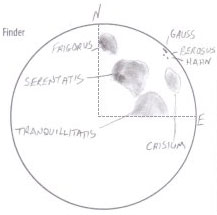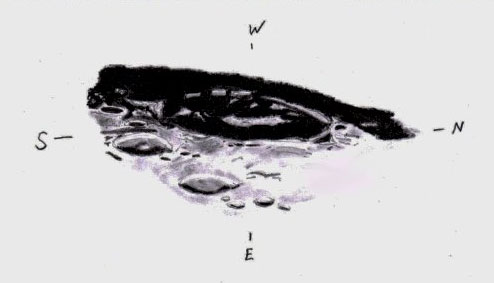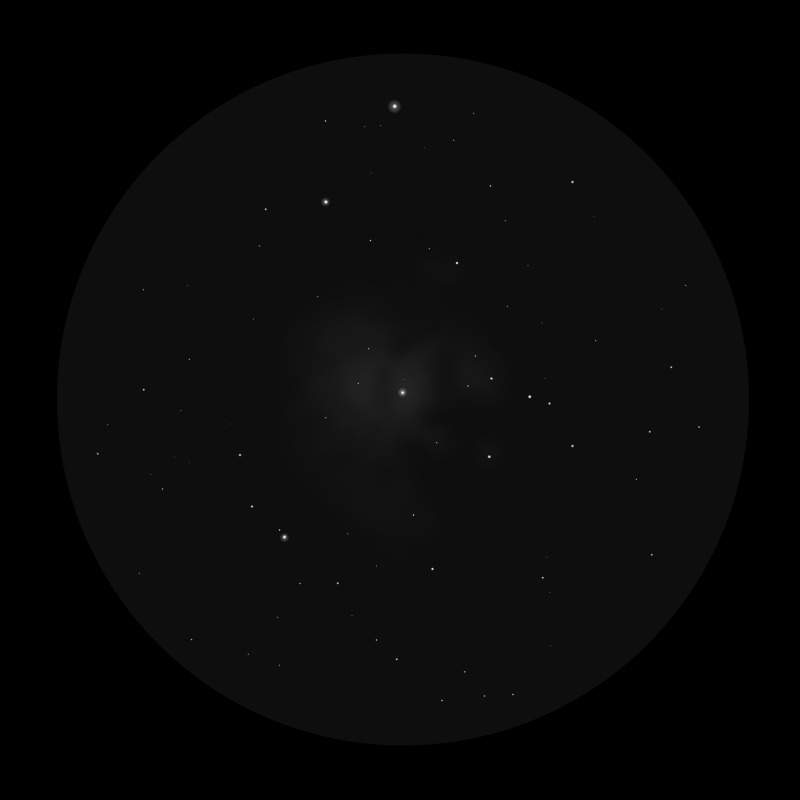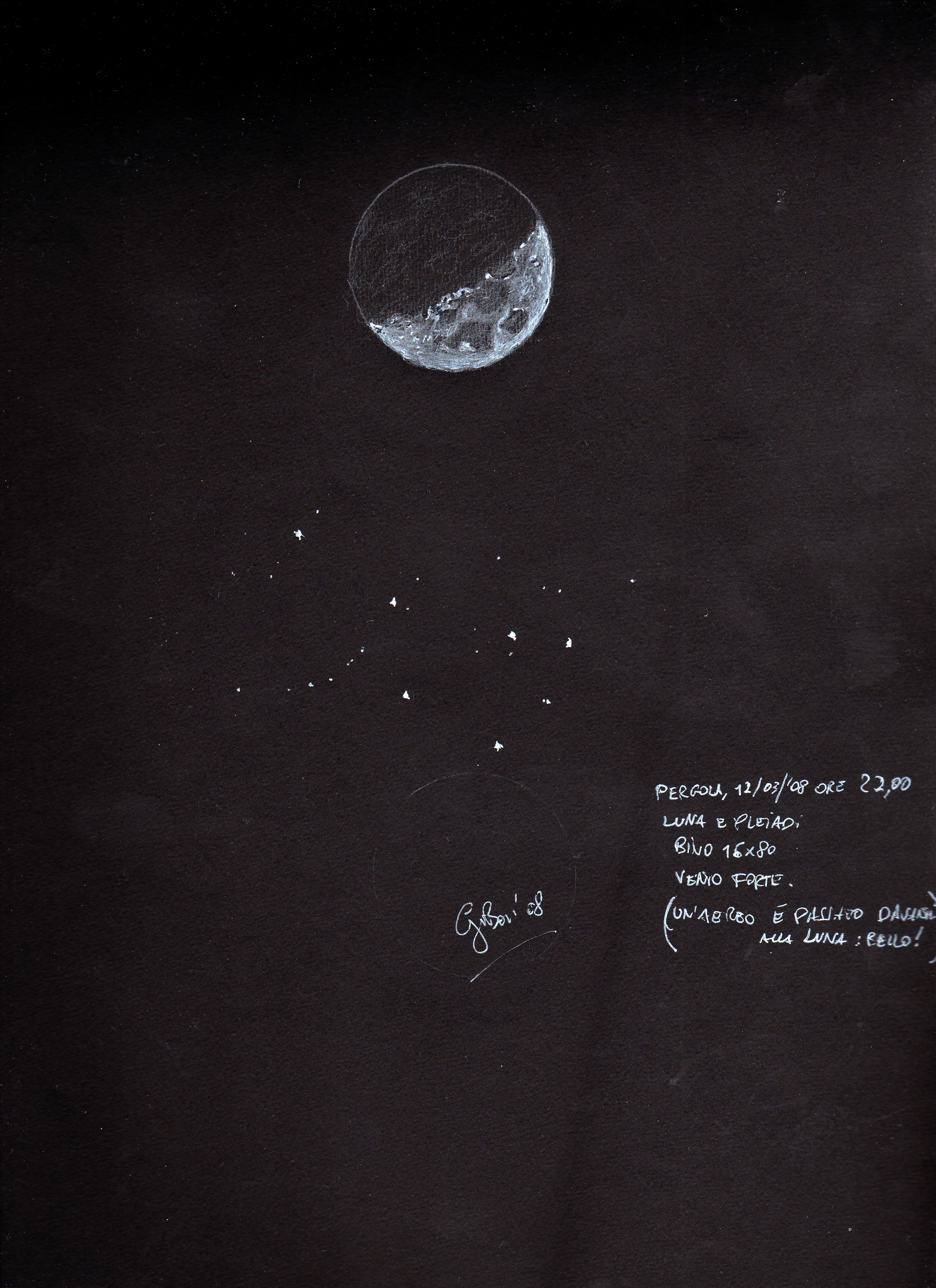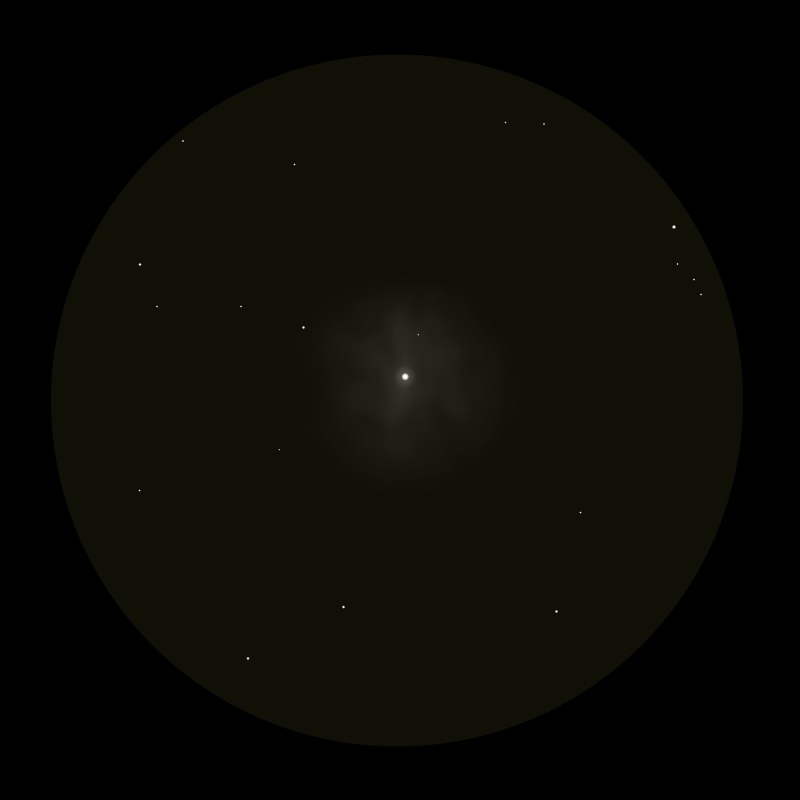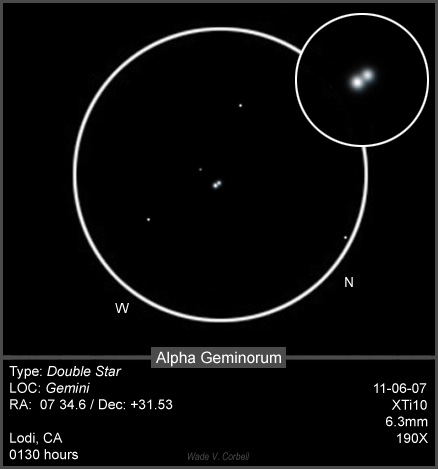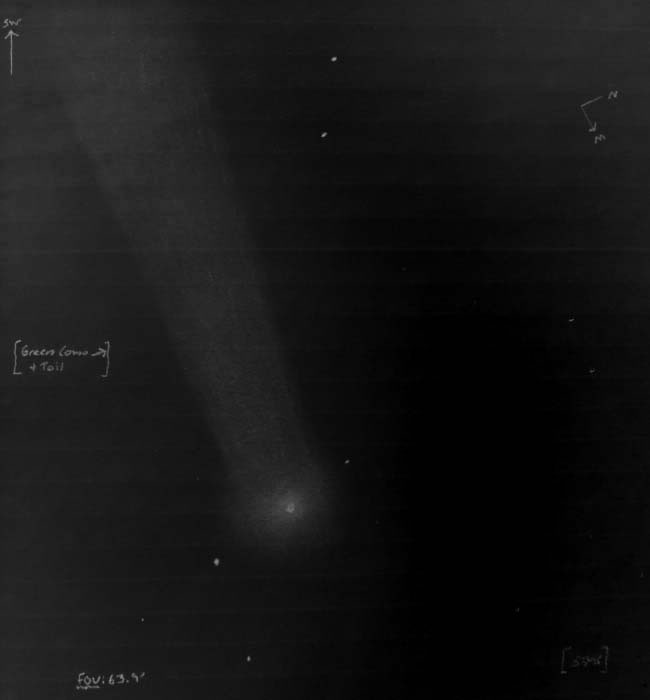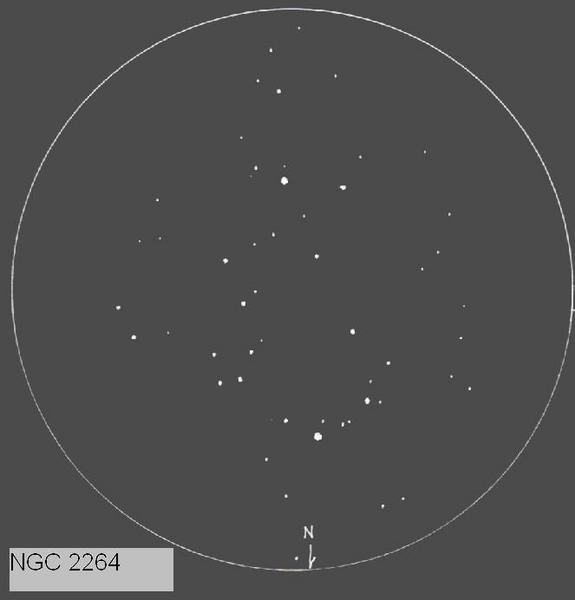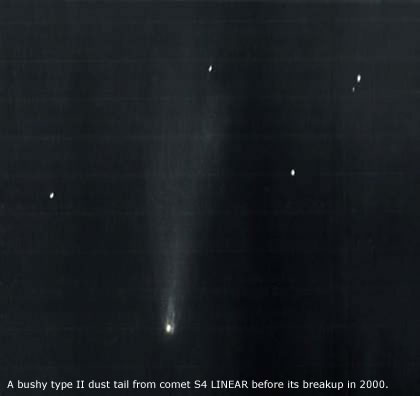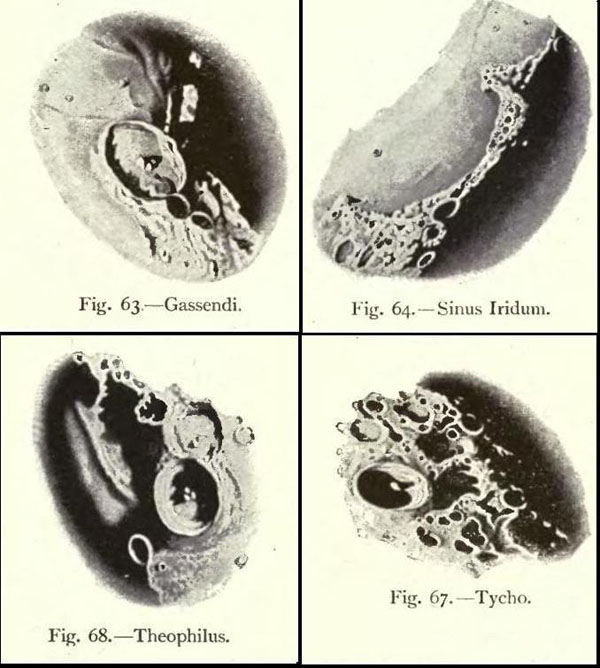
Historical Lunar sketches
By Dr. Ladislaus Weinek
More than a century ago at the Prague (Klementinum) Observatory Dr. Ladislaus
Weinek served as director of the observatory beginning in 1883. Professor Weinek
lived from February 13, 1848 to November 2, 1913. He is best remembered for
combining images from Meudon Observatory in France and Lick Observatory in the
United States into the first photographic atlas of the moon in the 19th century.
On the surface of the moon to the southwest of Piccolomini a 32 kilometer crater
is named in his honor. The professor was also an accomplished lunar sketch artist.
The drawings above were made by him and appear in the work titled: The Amateur
Astronomer by Gideon Riegler with English translation by Geo. Aubourne Clarke,
1910, London, T.Fisher Unwin. These drawings can be seen in chapter IX on pages
200, 201, 206 and 207. In this lunar chapter there is an interesting paragraph
that describes amateur astronomy at that time. It reads “… The amateur astronomer
who takes up the observation of lunar details can, as we see, aid the professional
in many respects. The possible fields of observations on the lunar surface is so wide,
and contains so many interesting details, that a whole lifetime is scarcely sufficient to
enable one to make observations on every part of the moon’s surface, and even the
longest experienced investigator of the moon will scarcely find himself in any difficulty
as to which detail he will make the object of his observation.”
Submitted by Frank McCabe
